Archive
2021
KubaParis
The Over There
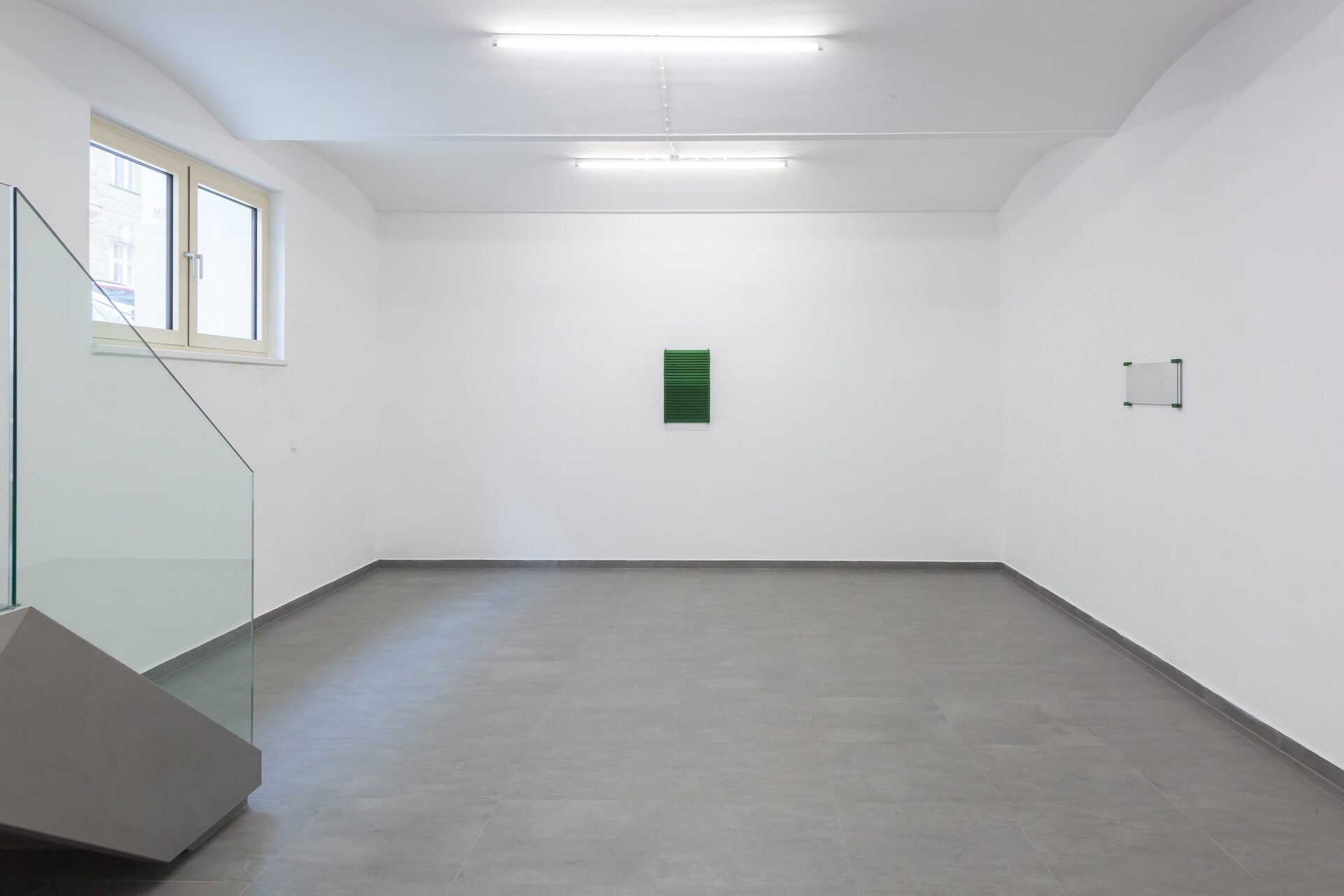
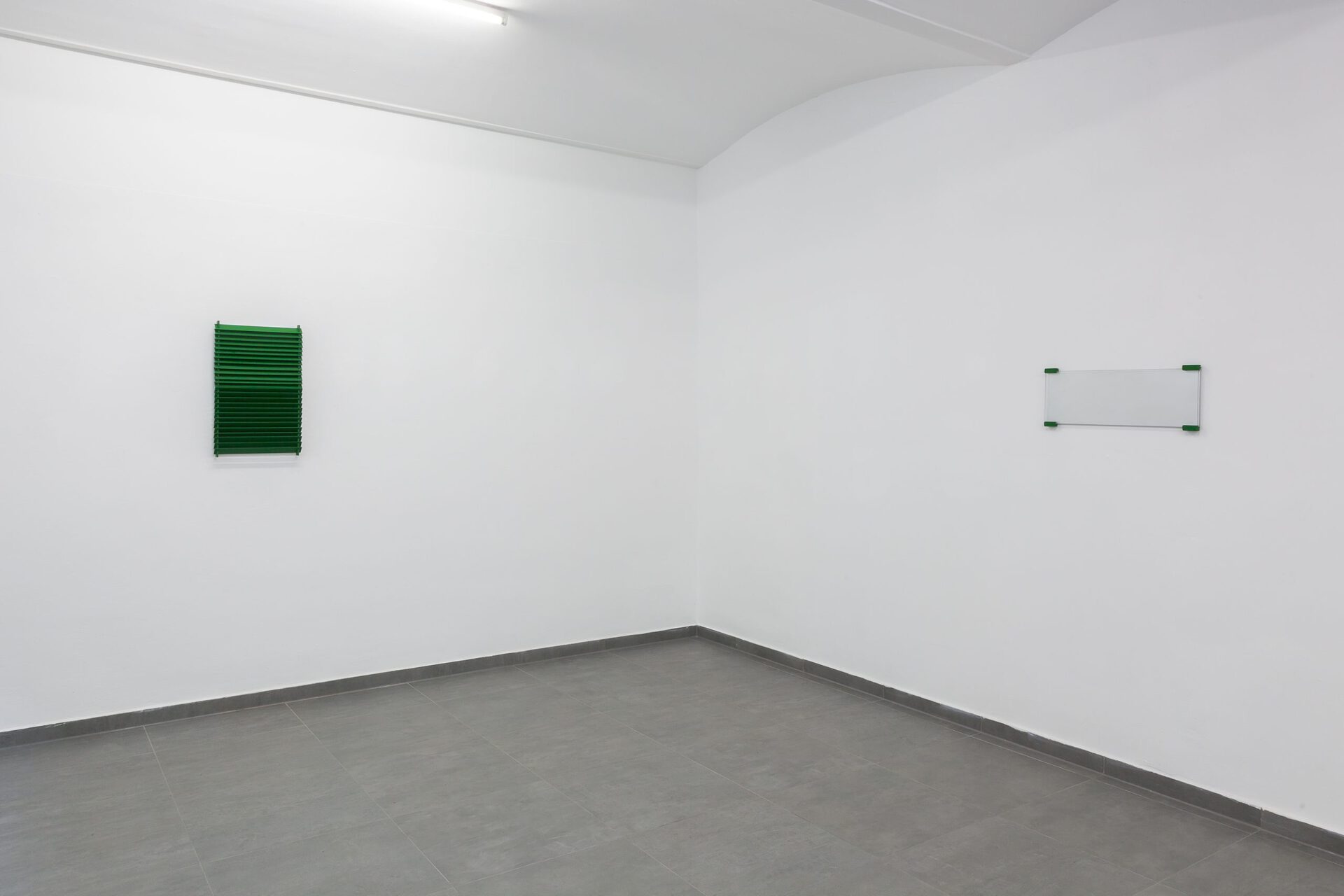
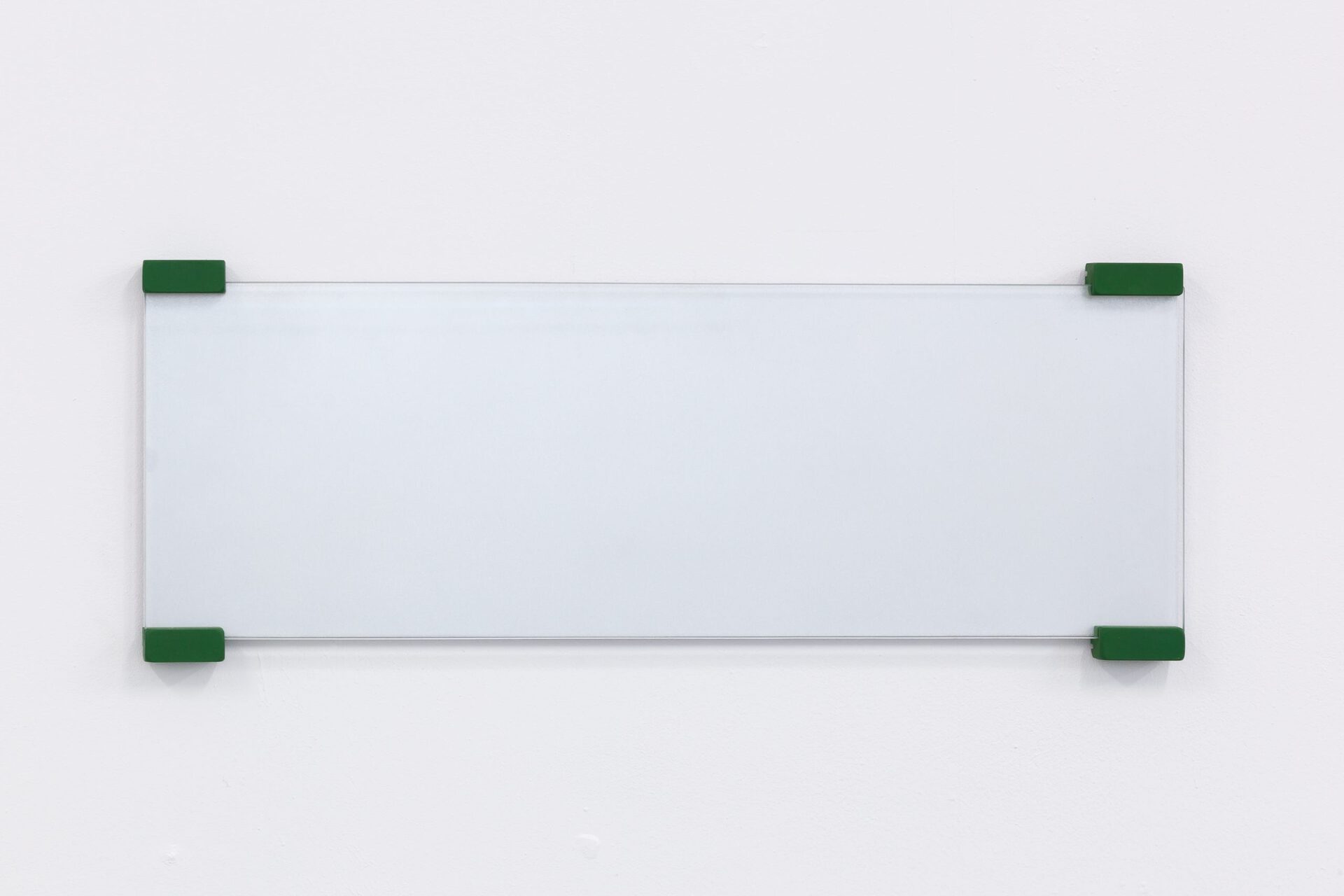

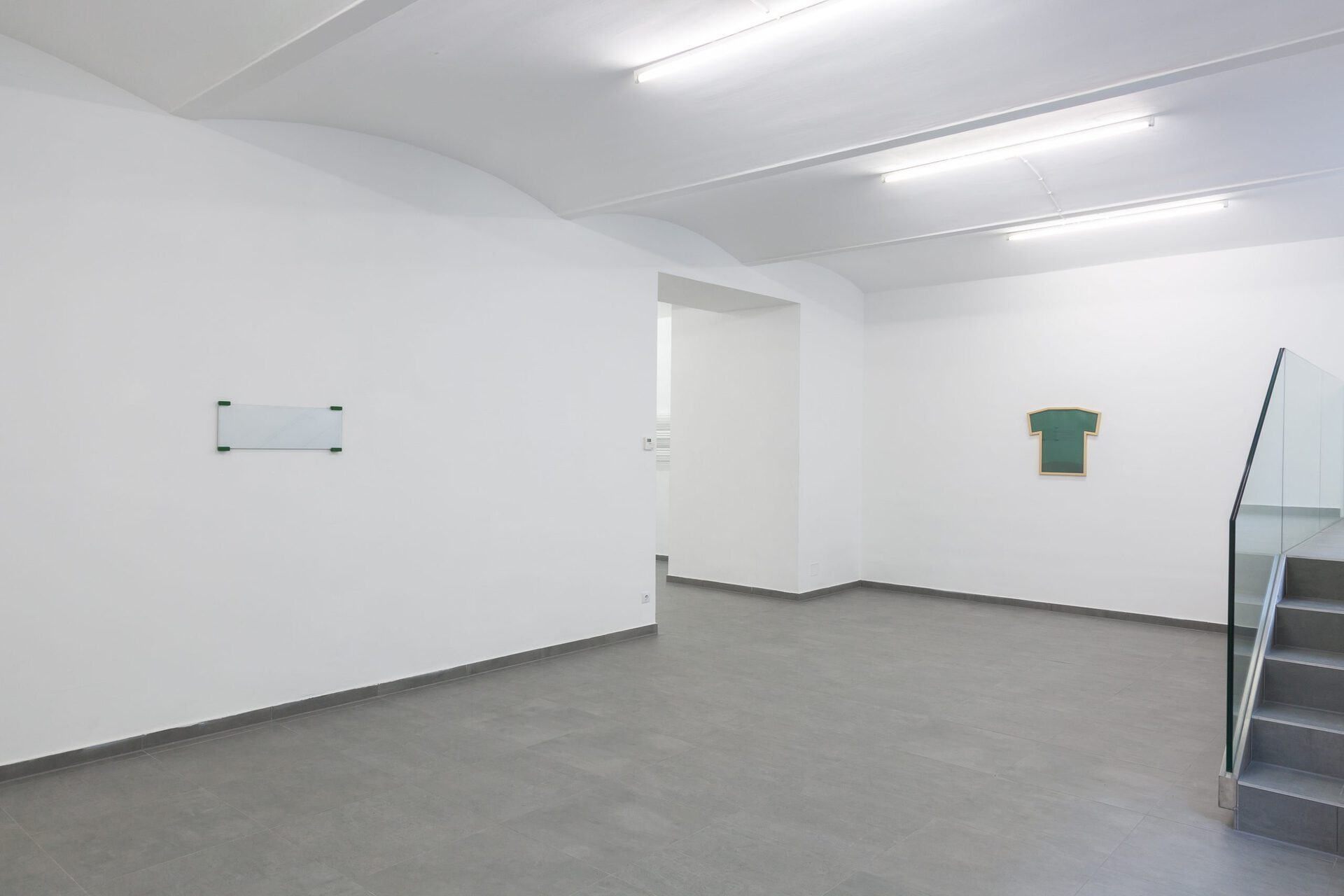
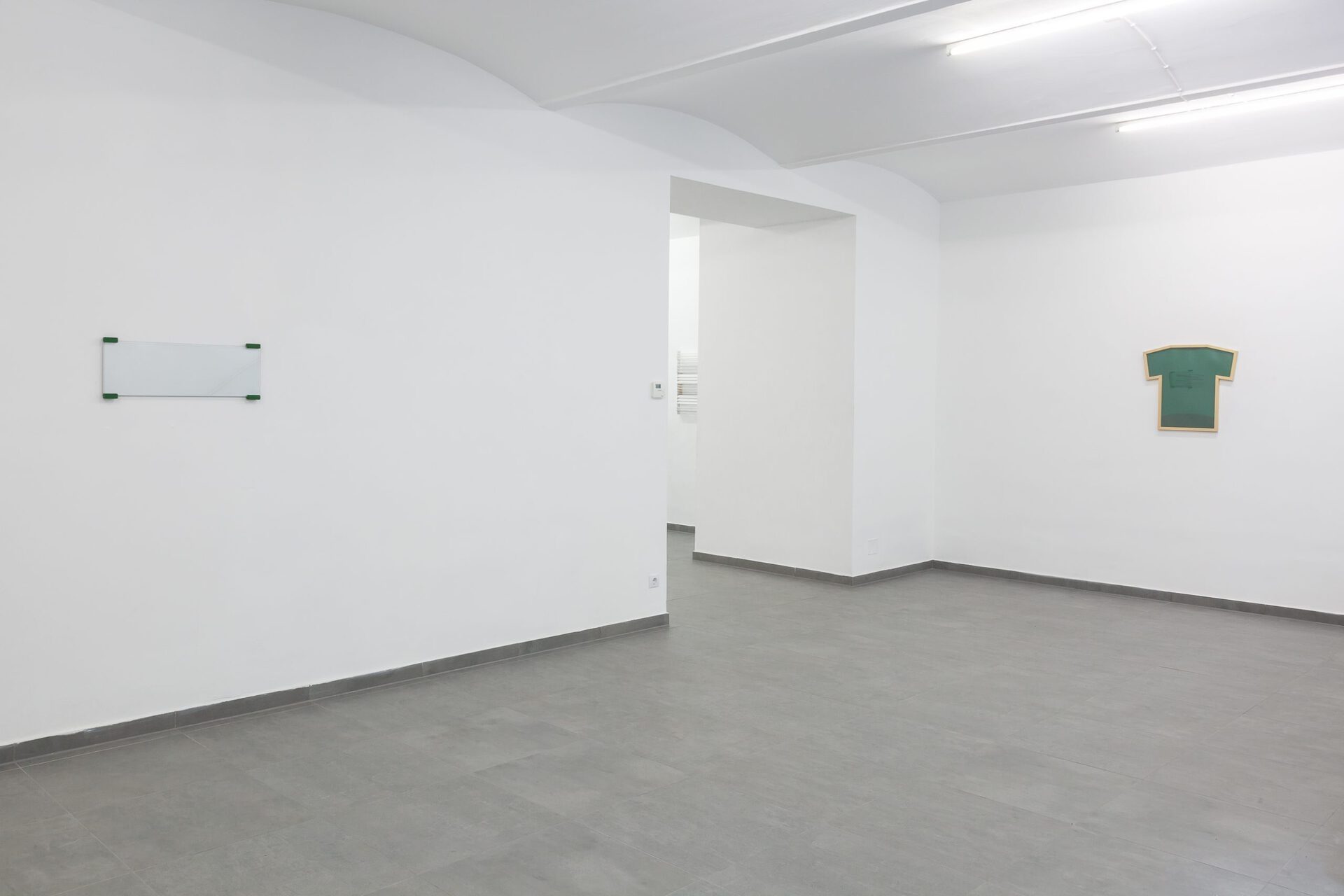
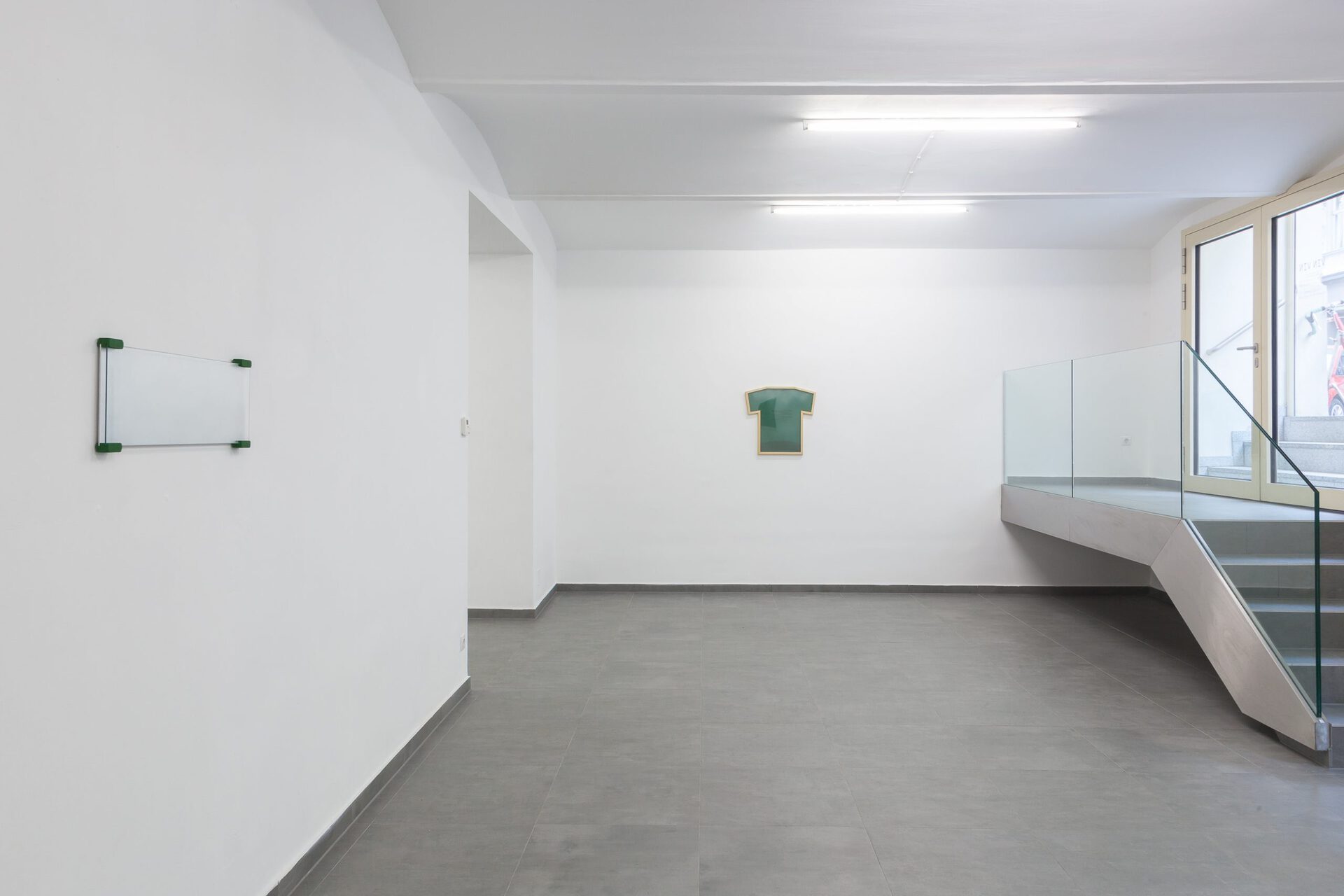
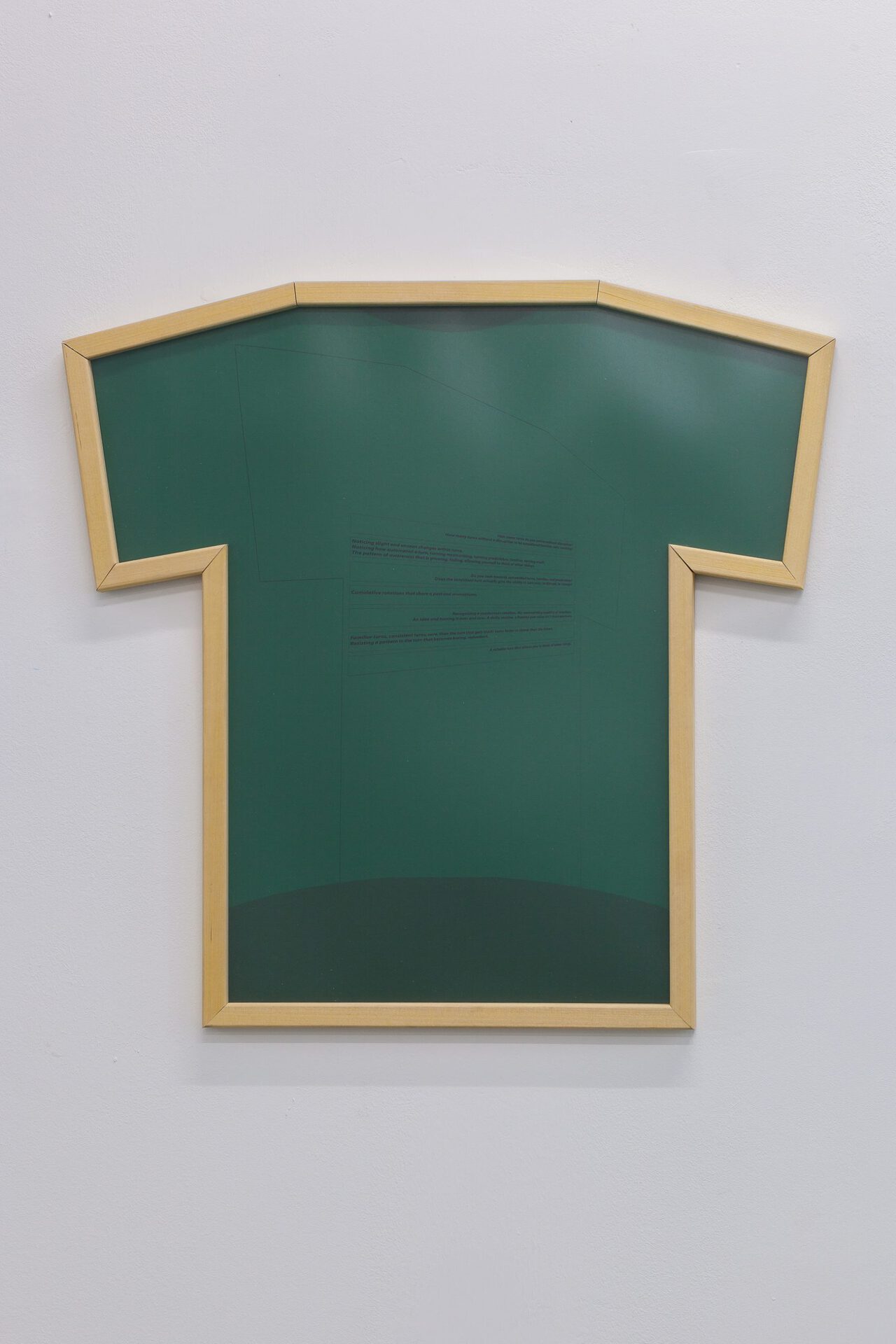
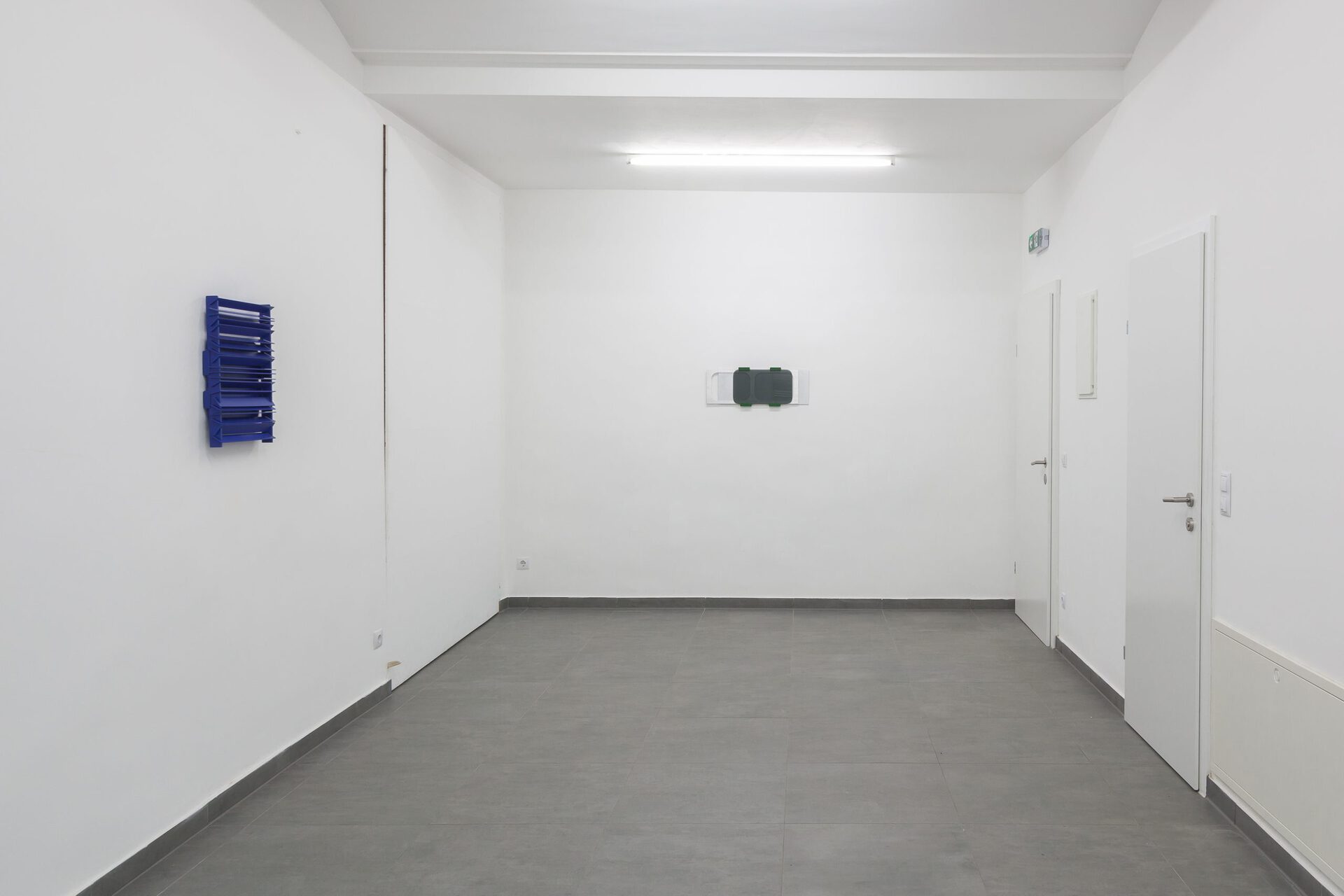
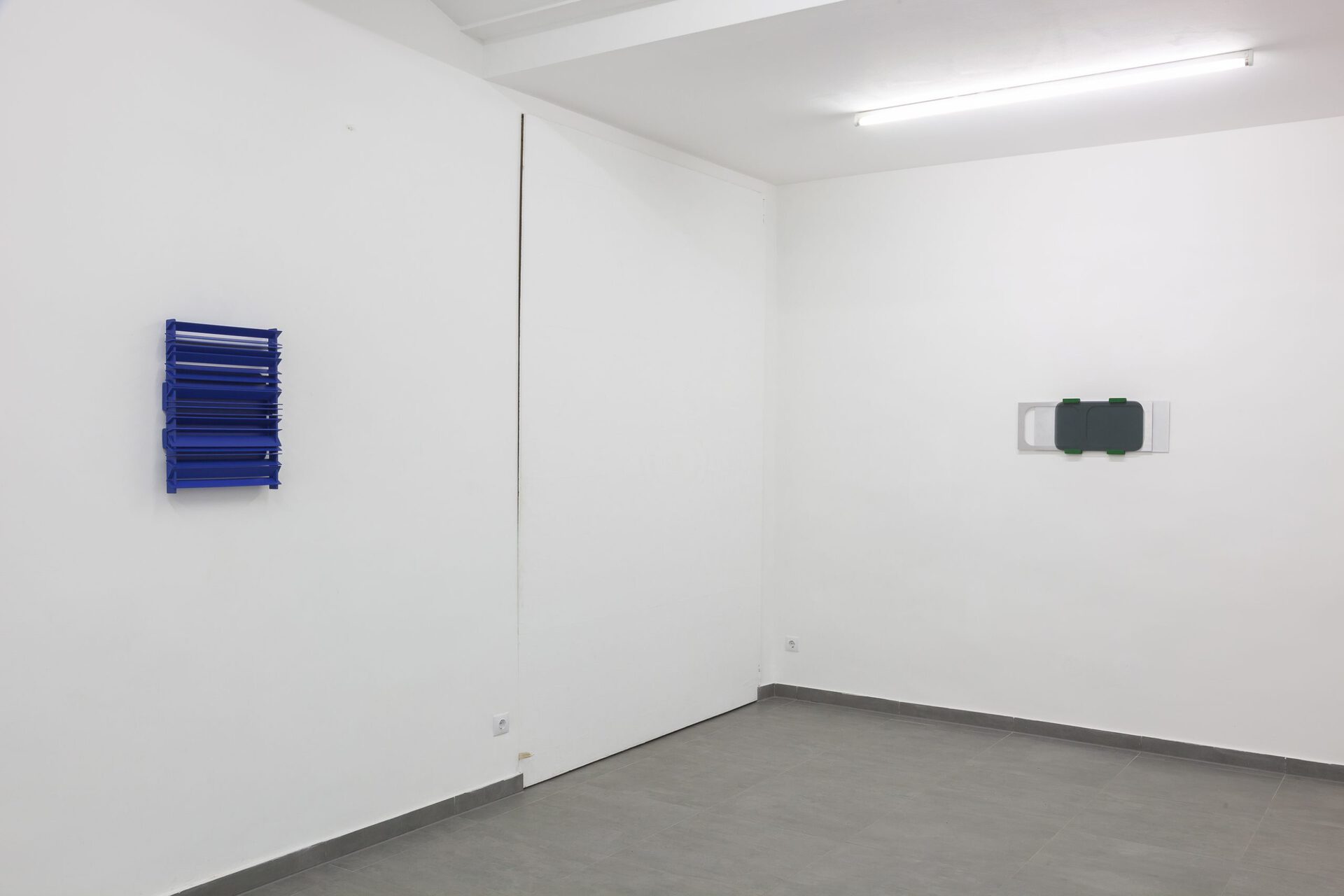
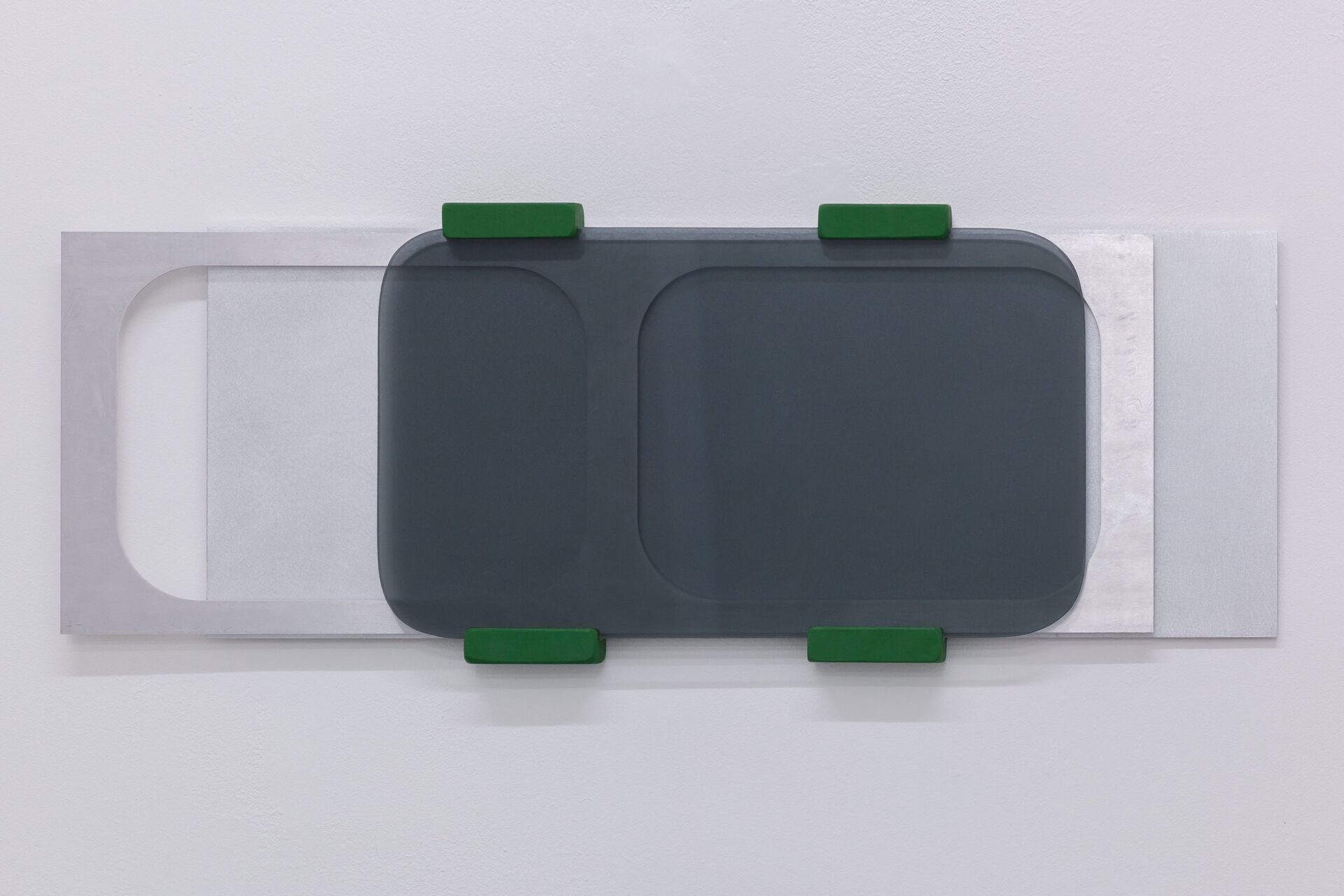



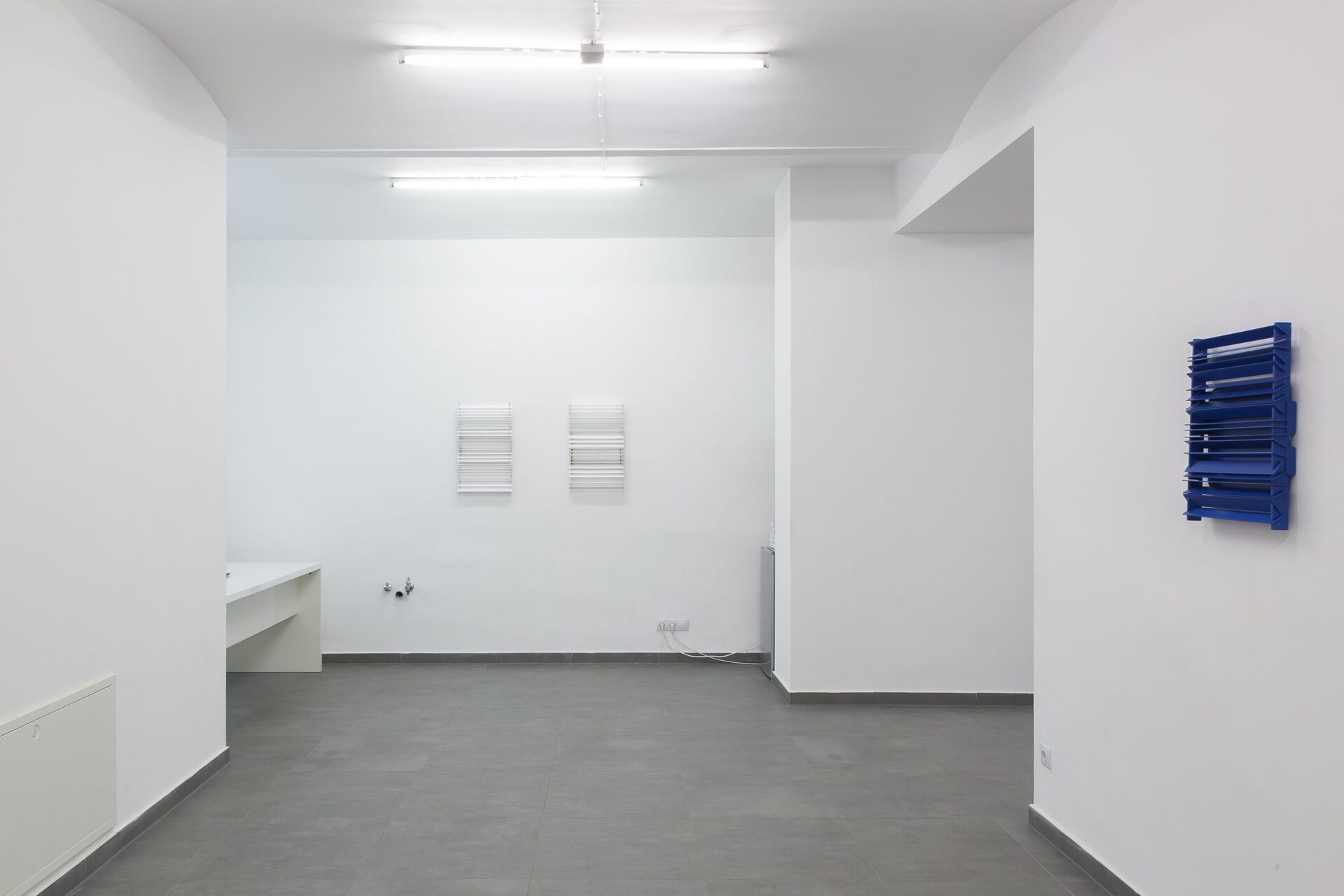
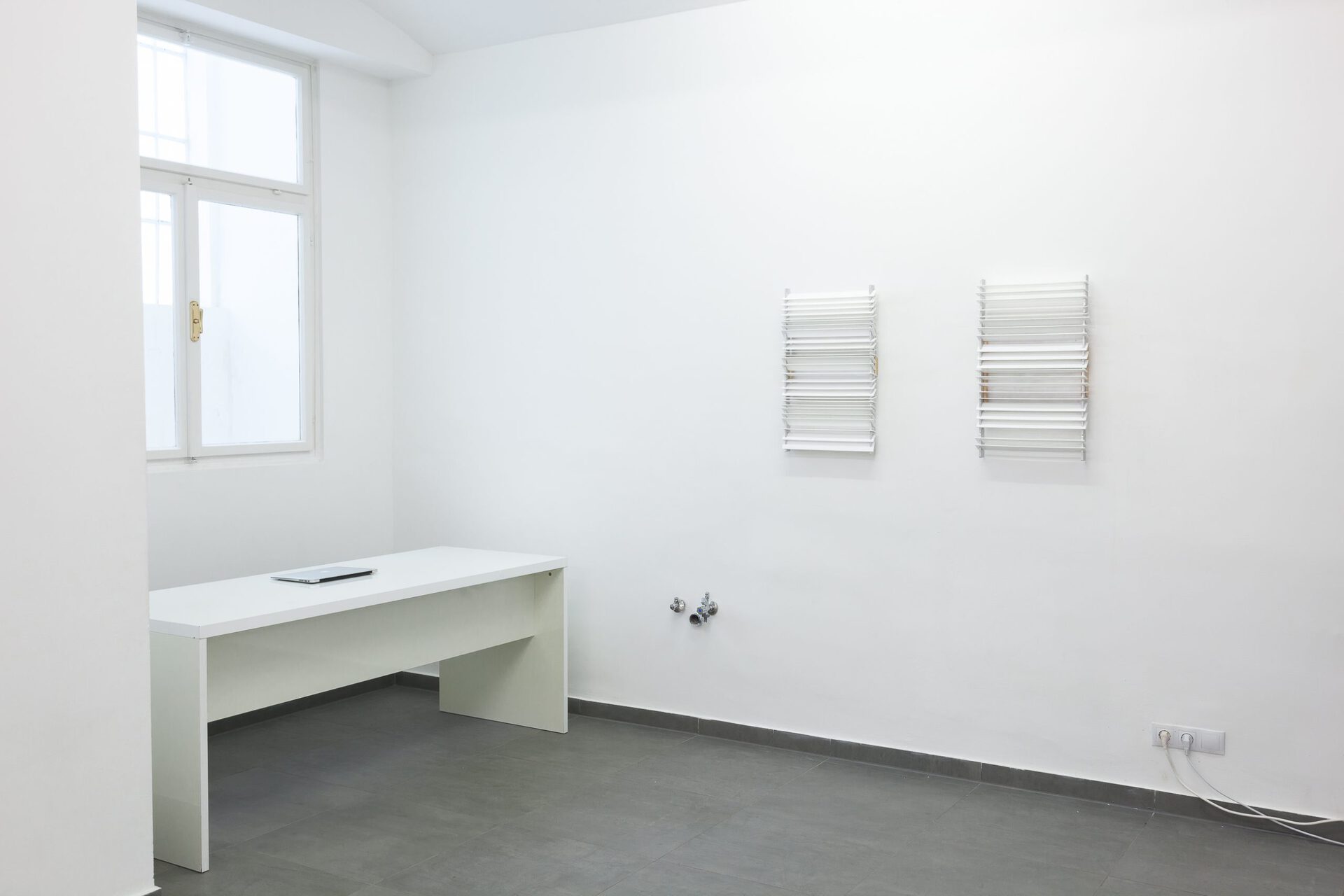
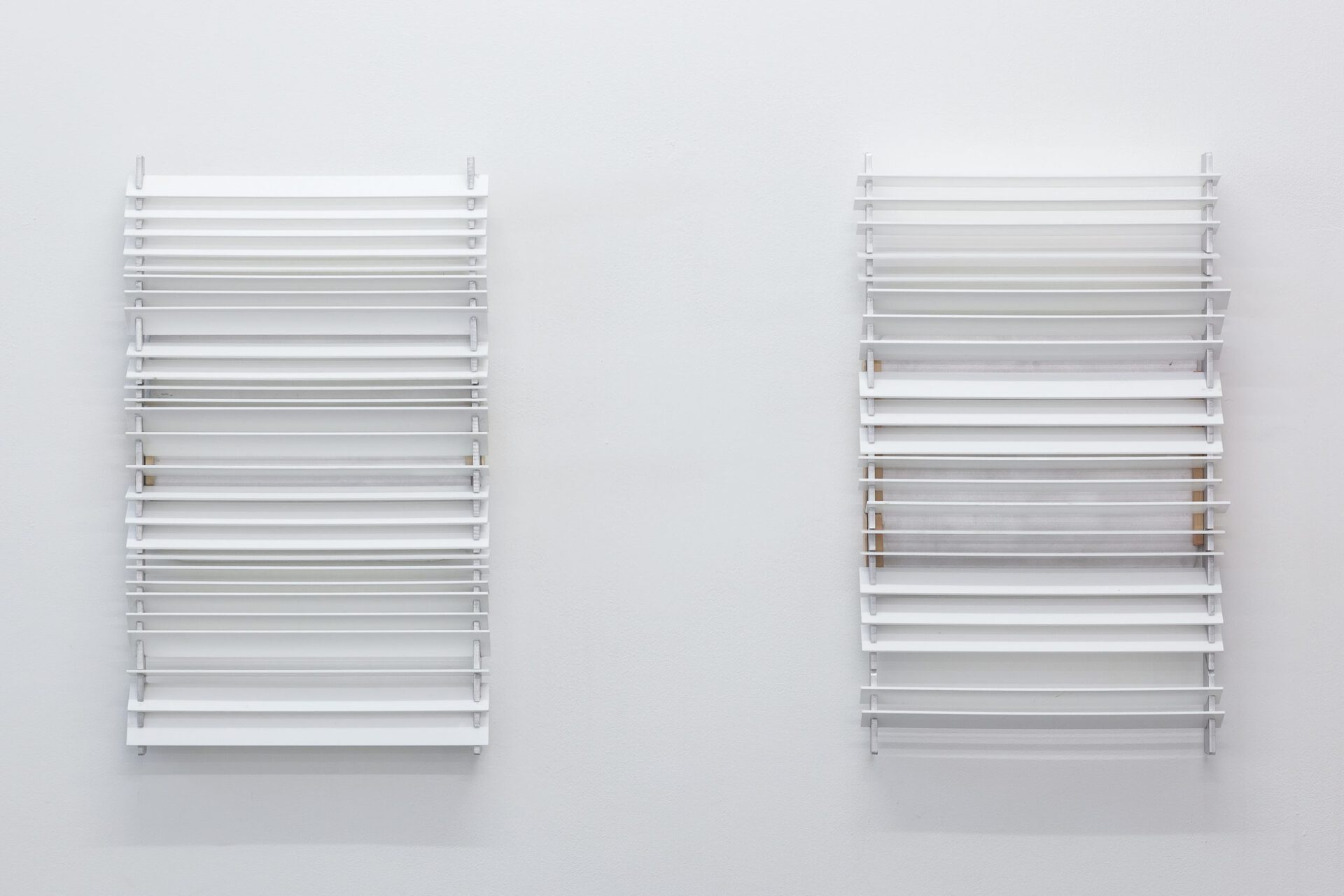
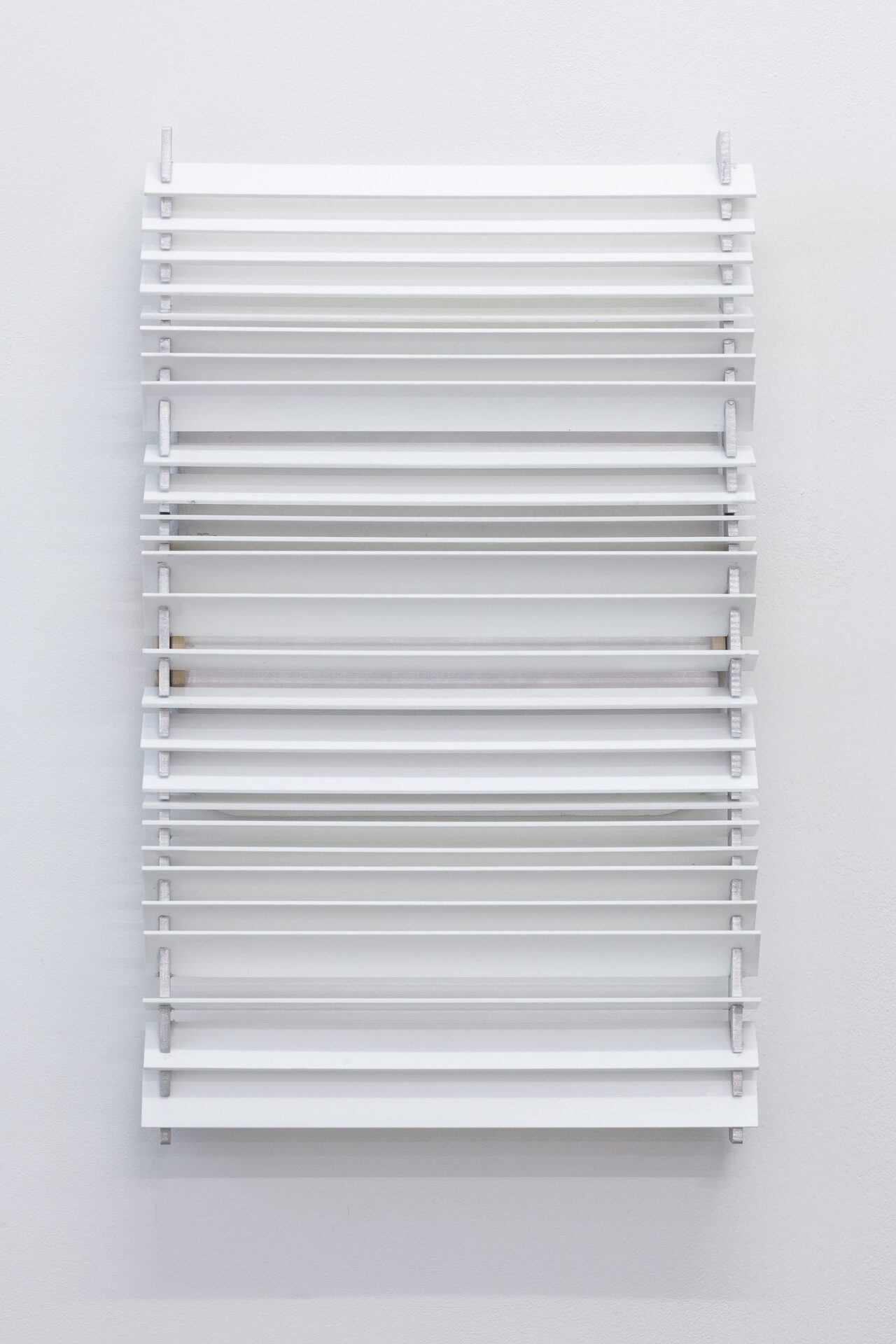
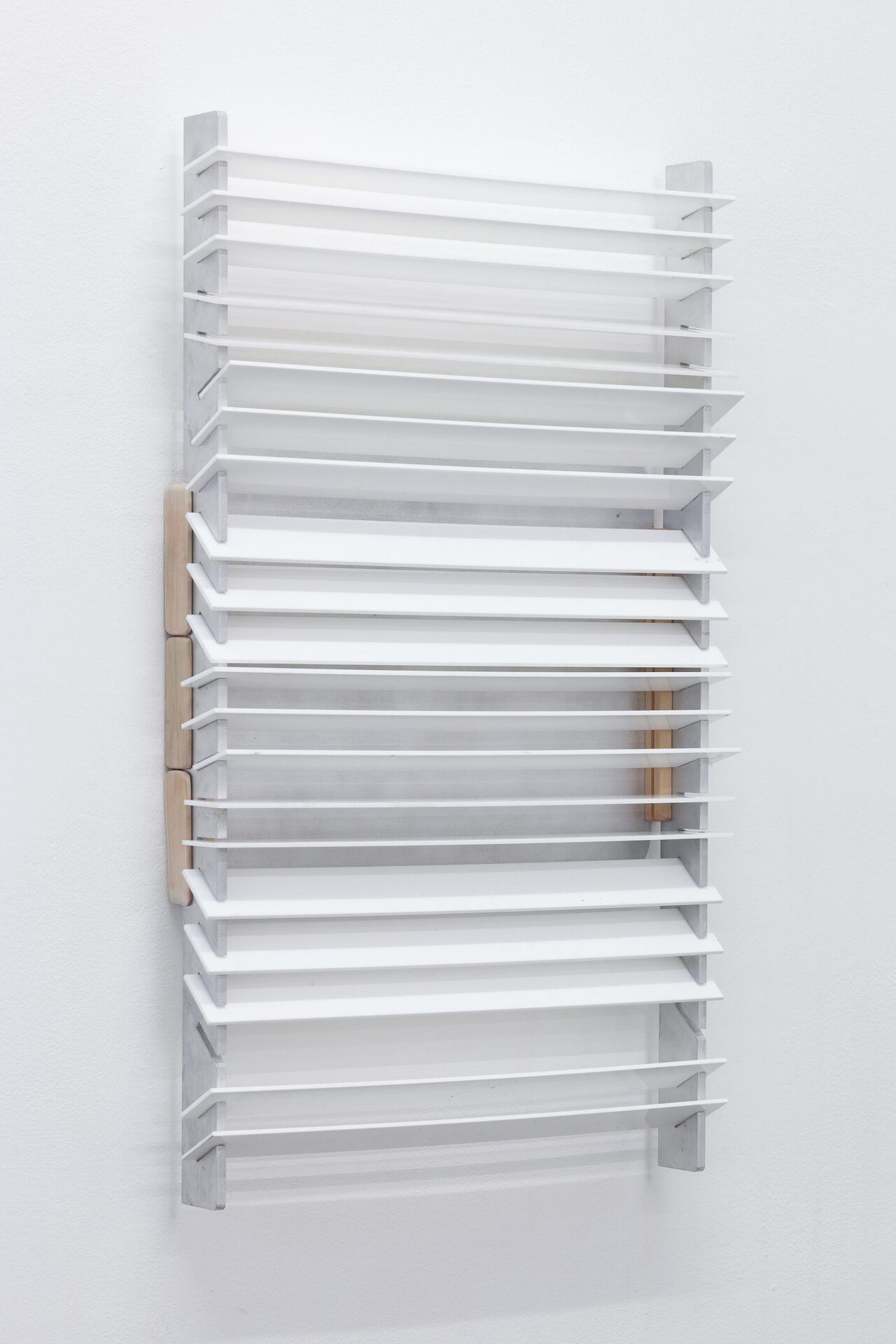
Location
VIN VINDate
25.03 –23.04.2021Photography
Flavio PalascianoText
The Over There
An object-driven understanding of architecture implies that the built environment is somehow static, existing in opposition to the activity and general instability of the humans that inhabit it. This is a misguided dichotomy, as if architecture exists separately from the people that imagine, construct and occupy it.
In The Over There, the architectural is taken out of context. This not only relieves the architectural object of its typical function, but also releases us from the prescribed relationship we have to it, and perhaps a prescribed relationship to what is “object-based”. In Orr’s sculptures, this reconfiguration alters the built environment and us. No longer an “I” looking through, it is as if we—subject and object—are both outside of the room. We face these objects as they face us, forming the space where two outsides meet.
“I anticipate the unseen side of the lamp because I can touch it. . .
Perception does not give me truths like geometry, it gives me presences. The hidden side of an object is present, it is in my vicinity. It is not just a sensory experience of an element it is the whole setting (l’entrouage) that needs to be considered when perceiving. . .
The unseen sides of objects are possible and are present.”
(Maurice Merleau-Ponty, The Primacy of Perception)
The familiar in the built environment is often unseen, unnoticed. The effects of making the familiar strange may shift what Merleau-Ponty describes—this sense we have of the unseen sides of the objects populating our world. In Orr’s sculptures, this shift is ultimately pleasurable as Orr dotingly attends to the typically unnoticed. Creating “different perceptual scenarios,” Orr pinpoints a felt potential that exists but is not seen, one that is suggested by all the other visible parts of the object and by the form of the object itself.
Time-based and lyrical, the process of composing these works is reminiscent of Orr’s video editing practice. Using intuition and precise construction, these objects give way to patterns. These patterns, like measures, are musical—each proposes their own pacing. To this effect, Orr refers to the louvered pieces as “measures” and calls the aluminum and glass works “rests.” We fall into our own patterns of movement when facing these objects. An idiosyncratic rise and fall between meaning and no meaning, pleasure and pleasure’s tension, story and no story, abstraction and figuration.
Artist Statement
I believe that a methodology of thought can be materialized in art- how it is made, moved, and how formal qualities of an art practice dictate a means to an end. An interdisciplinary artist, I work through a research and a project-based studio practice, which involves an interrogation into feminism, philosophy, and representation. My work often takes the form of sculptures, single-channel videos, and installation. My goal as an artist is to celebrate art’s potential to represent complicated subjectivities, positions, time, and movement; working with this potential to make projects that hold complex meaning and transcend set genres.
Samara Davis & Elizabeth Orr